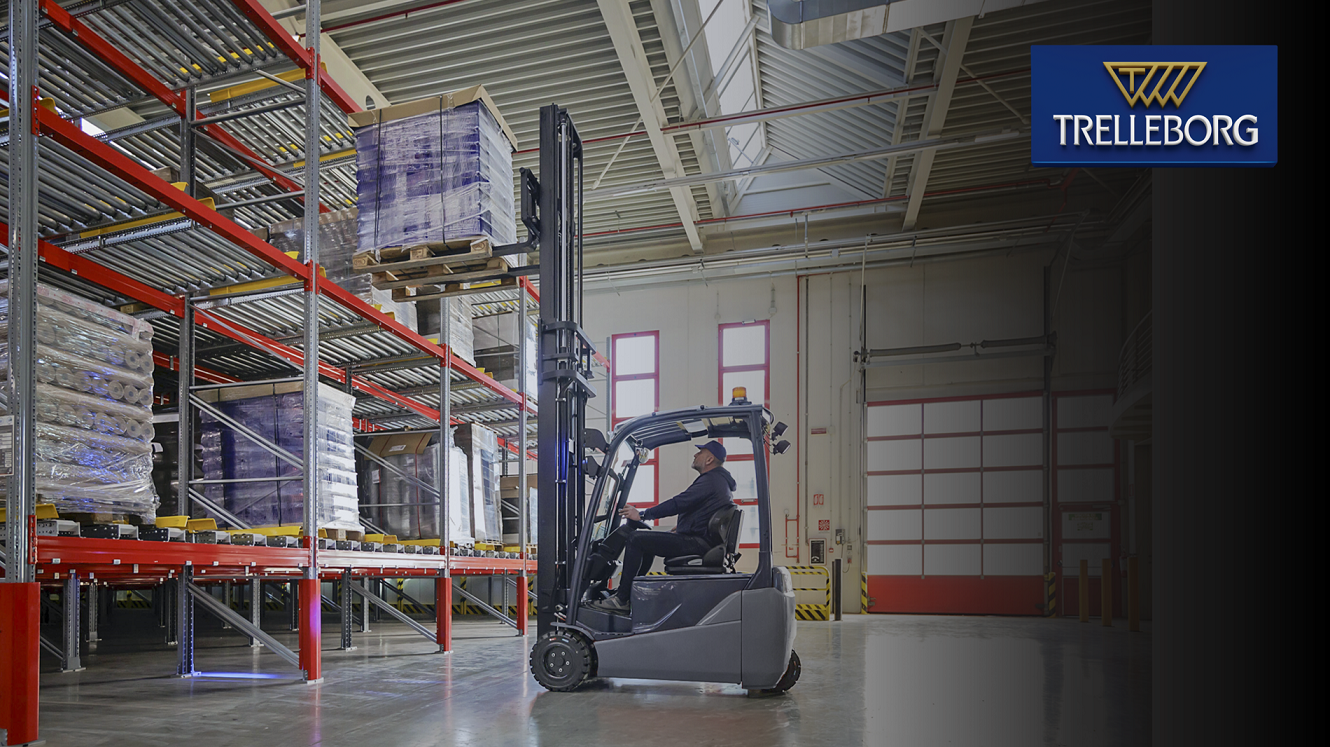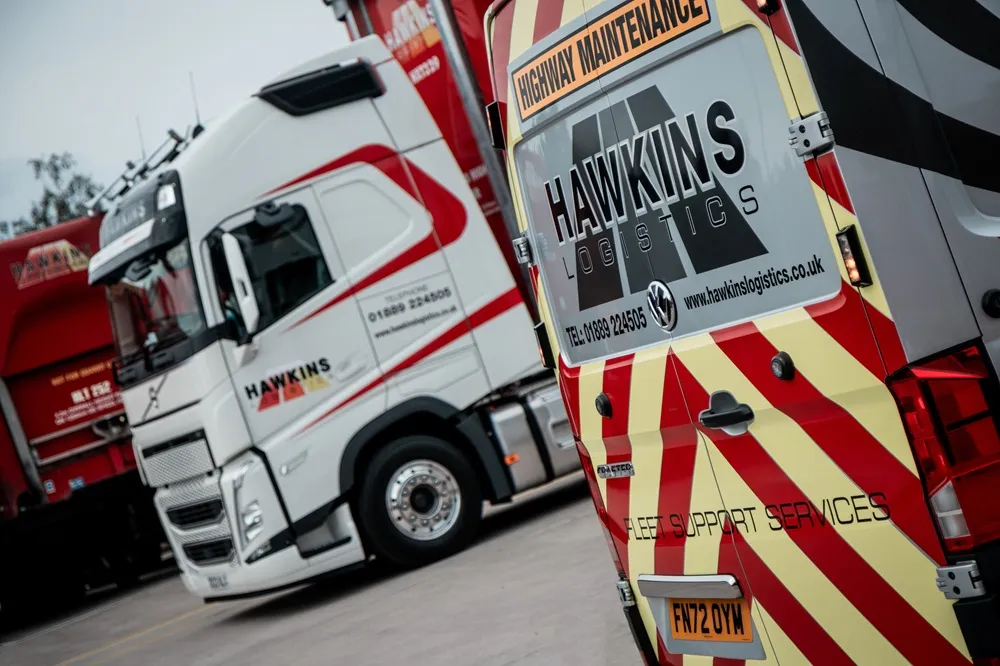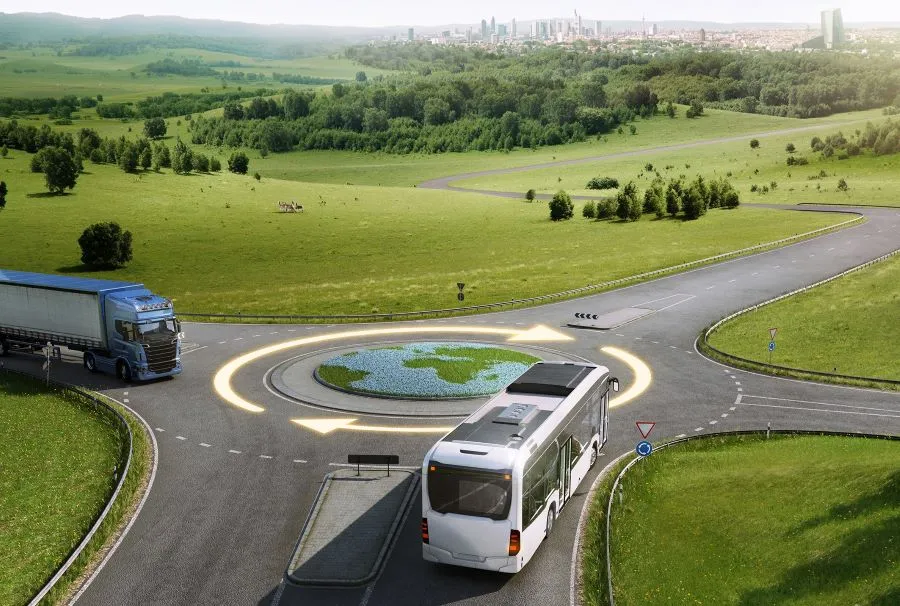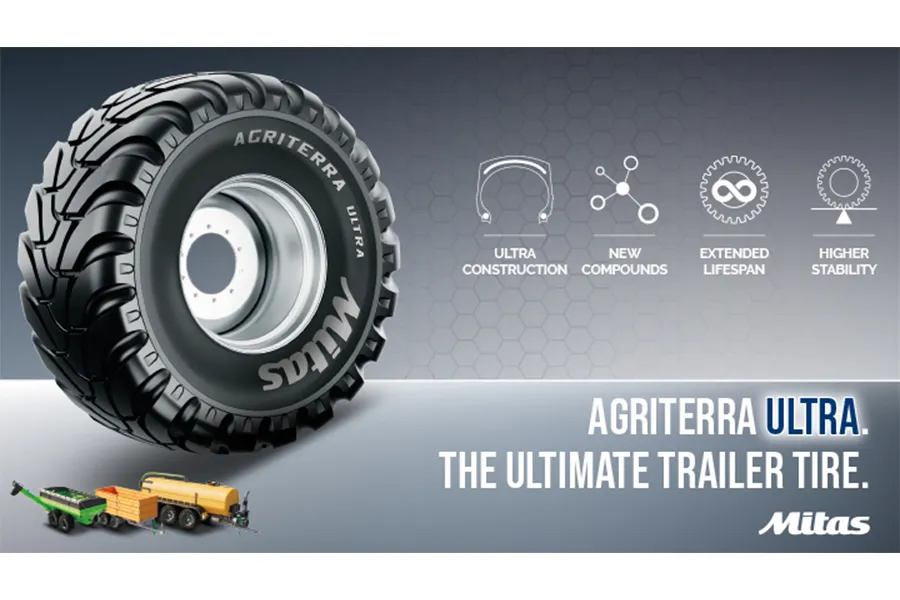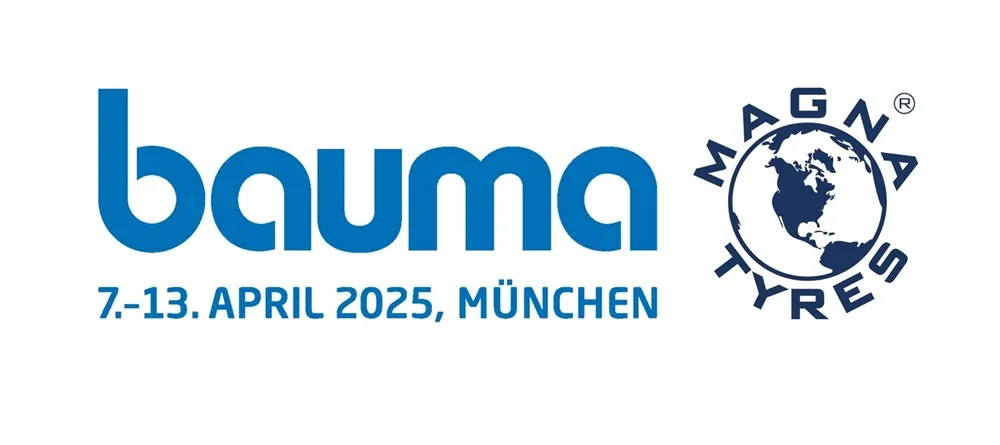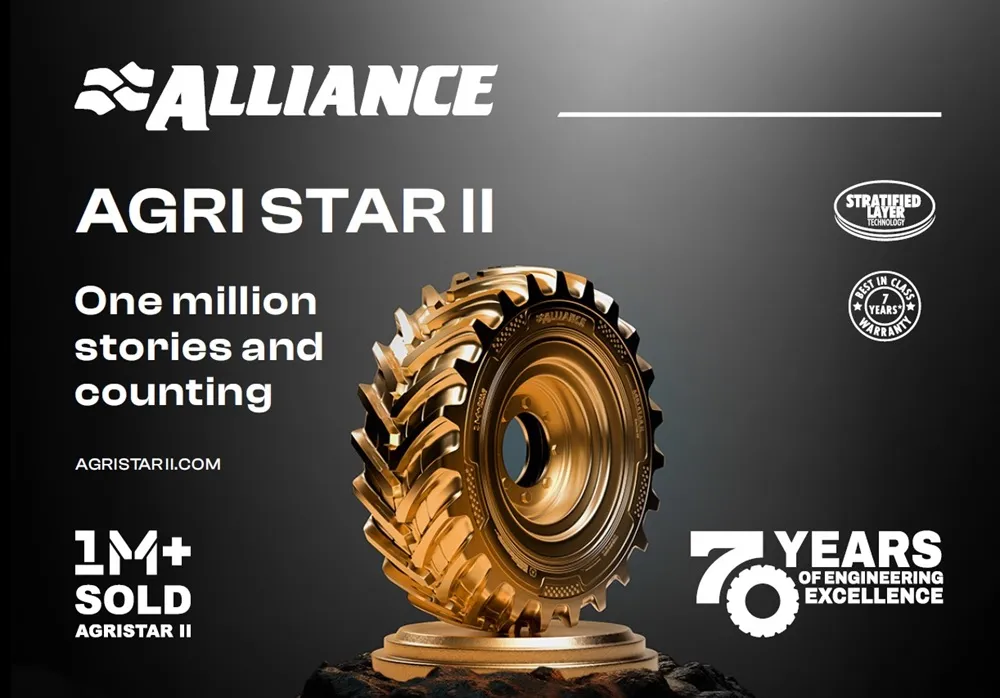As companies focus on streamlining logistics and optimising operations, the demand for material handling equipment tyres continues to grow. Choosing the right tyre has become crucial in this evolving industry, where the performance of material handling machines is only as good as the tyres they rely on.
Meeting Growing Expectations
“The global landscape of factories, warehouses, and logistics facilities has transformed significantly in recent years, pushing us to adapt quickly,” says Alessio Bucci, Product Marketing Director at Trelleborg. “Tyre manufacturers must be ready to meet these new demands, providing innovative and practical solutions.”
The disruptions caused by the COVID-19 pandemic prompted companies to rethink their networks, moving closer to consumers to ensure faster deliveries. At the same time, the surge in e-commerce has driven a boom in warehouse construction. These shifts have boosted the demand for material-handling vehicles and highlighted the need for specialised tyres to keep operations running smoothly.
Today durability, wear resistance, and heat tolerance are top priorities, pushing tyre manufacturers to innovate. This includes developing specialised compounds for specific applications and offering non-marking options for facilities that require cleanliness. As demands increase, the industry is constantly adapting to meet growing expectations.
Trelleborg’s Material Handling Tyres: XP Range
With this growing industry’s complexity, Trelleborg has applied its expertise to develop the XP range, designed to provide the right solution for every intensity level.
According to Bucci, “At the lower end, the XP700 is designed for low-intensity material handling operations that typically involve shorter cycle lengths and lower working times.”
“Moving up the scale, the XP800 caters to medium-intensity applications, while the XP900 is suited for higher-intensity operations. At the top of the range, the XP1000 is specifically engineered for maximum-intensity applications in diverse environments such as large warehouses, where operations are super intensive with machines running continuous cycles, even across three shifts per day. These environments demand equipment that can handle maximum working time and cycle length, preventing overheating and ensuring tyres’ durability. Additionally, during operations and complex maneuvers, stability and top cornering capabilities are crucial, providing superior traction and performance, while also ensuring comfort for the driver,” Bucci explained.
Meeting Specific Needs
The XP700 features a multi-purpose standard black compound, providing excellent performance both outdoors and indoors, with superior wear resistance and low rolling resistance. For facilities where cleanliness is a priority, the XP800 and XP900 come in a white non-marking compound, ensuring no marks on surfaces while maintaining durability and effective heat dissipation.
The XP1000 range provides maximum adaptability, with specialised compounds like a conductive option to prevent electric shocks and a heat-resistant compound for high-temperature conditions. This versatility ensures that operators can maintain efficiency and safety across a variety of environments.
“Minimising downtime is crucial in today’s fast-paced logistics environment,” says Bucci. “That’s why we developed our Pit Stop Line technology—to give operators an easy way to plan tyre replacements and avoid unexpected stoppages.”
The Pit Stop Line technology is simple yet effective: as the tyre wears, a prominent orange band becomes visible, indicating that 100 hours of service life remain. This feature helps operators schedule tyre replacements accurately, reducing waste and avoiding downtime.

